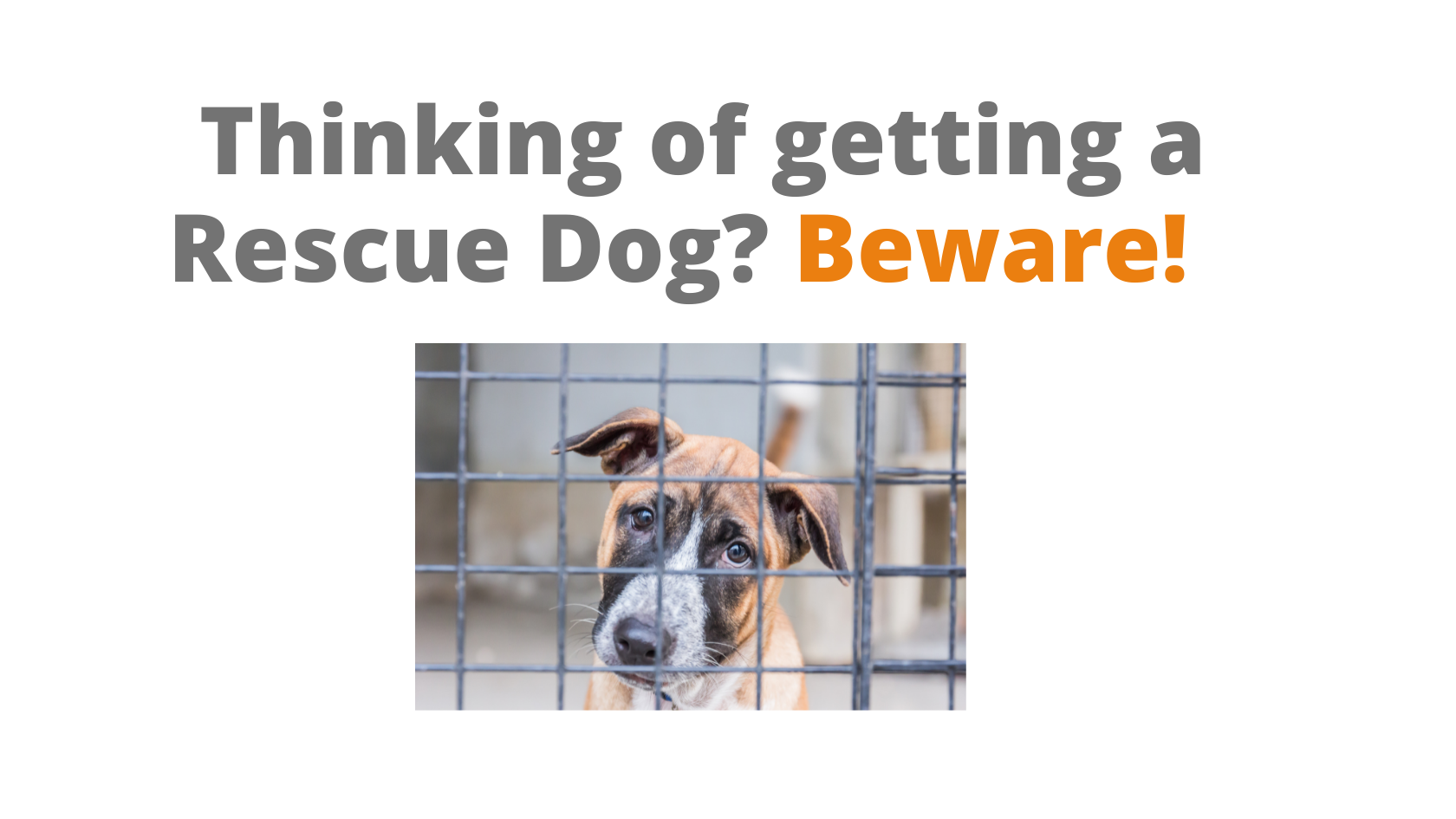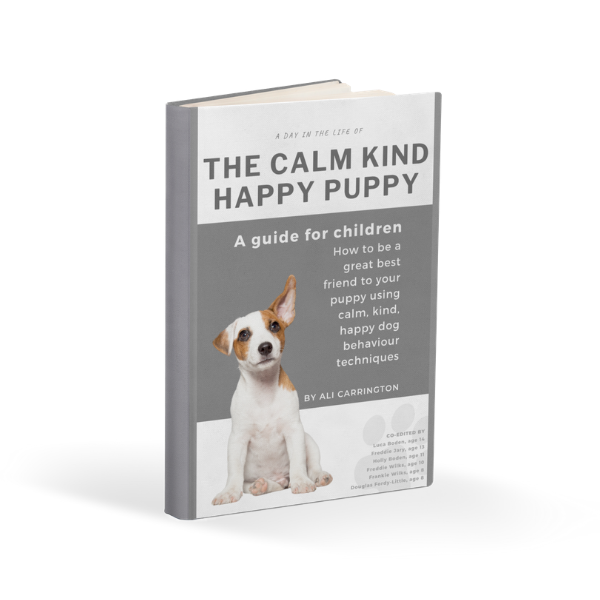If your dog’s behaviour is not what you want when you have visitors round to your home, it might be worth going back to basics and teaching them what you want of them.
First thing to note, however, is that your dog does not HAVE to be around when your visitors are! You might want them to be and your visitors might want to see your dog, but if there are behavioural problems we can assume that the dog is having real difficulties coping with this key moment in time, so the kindest thing is to remove the dog from the situation and give them quiet and calm time in a different room where they feel safe.
Why is it a key moment in time? Because dogs are group-living animals and in nature animals do not socialise with members of another family. They do not invite members of another family into their domain! That’s fairly obvious isn’t it, yet easily forgotten when thinking about our own dogs who we expect to accept our extended families and friends without bother. It’s also key because it is a highly ritualised time of a dog’s life when they find out important information about everyone who is involved. So when the dog is jumping up and causing a commotion he is asking questions of each and every person, fact-finding about who is who in the hierarchy, who gives him attention on demand, what their energy is like and what the implications are to him in terms of his responsibilities for this now extended group. It may look like happy excitement, but I suggest it’s more about overwhelm and anxiety.
So it’s a huge deal for a dog. And you know whether your dog is coping with this huge moment by his behaviour. If he can control himself and you are calm, then all is well. If not, then he needs help. Here are my 7 tips on practicing to get it right:
- Create a safe area for him that is nowhere near the entry point, usually the front door. This may take a bit of practice if your dog is troubled with separation anxiety (and these are symptoms of the same root cause – confusion of role in the family).
- Ask your guests to let you know just before they arrive and place the dog in said space.
- Go welcome your visitors in and get them comfortable with a drink etc while you catch up!
- Ask your guests for help – VERY important! It’s all very well trying to help the dog cope but if your guests don’t know what they are supposed to be doing then it is not fair. You need to ask your guests to fully disregard the dog, whatever he does! Be specific: no eye contact, no talking to him.
- When you feel ready and the dog is quiet, go and get him and have him on the lead, bring him into the same room.
- The moment he reacts in a noisy or charge-towards kind of way is the moment you return him to the other room. No attention and really calm. Simply teaching him every time the level of energy and the behaviour you will and won’t accept.
- If he can’t do it, it’s ok for him to spend time away from you and your guests. This kind of thing needs time and practice for extremely worried dogs (and humans!)
I hope this helps illustrate how we can inadvertently expect our dogs to respond in a human way to visitors. Usually, however, good visitor behaviour needs to be taught over time, calmly and consistently.


